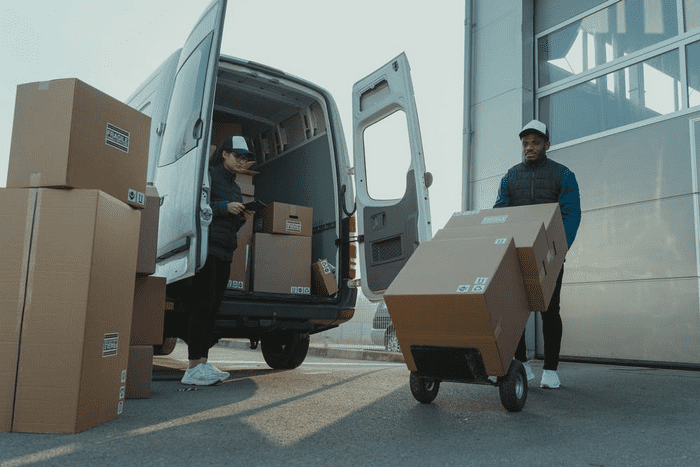5 Tips to Reduce Shipping Damage

Shipping damage isn’t cheap.
Most customers will understandably want a replacement for something that arrives damaged, and while they might look with understanding on occasional issues with shipping damage, they’re going to take their money elsewhere if they start to notice that your merchandise has a decent chance of arriving damaged.
Even if you don’t outright lose business, those losses are still eating into your bottom line. It behooves you to do as much as you can to reduce shipping damage, so you can cut costs and maybe increase your profits. Use these tips and see more of your shipments reach their recipients in one piece.
1) Fill Cartons Completely
When it comes to shipping, empty space is a big no-no. Empty space inside a carton, crate, or box gives the contents room to slide around, banging against each other or against the side of the box. It’s space that could even allow the crate or carton to be squished down, compromising the contents.
Packing to reduce shipping damage starts with filling each individual carton, box, or crate with the proper types and amounts of cushioning material to keep your contents from moving around. You’ll need different packing materials, depending on what you want to ship — paperback books, for example, don’t need much cushioning to protect against being crushed, but they do need weather resistant packaging and perhaps some protection against rips and tears. But delicate items need to be cushioned with packing materials that can sustain impacts and crushing and retain their shape, like molded pulp, polystyrene, air pillows, and bubble wrap. Fill up any empty space with cushioning material.
2) Use Quality Packing Materials
You should always use brand new cardboard boxes and packing materials when shipping items. It’s tempting to reuse shipping materials from packages that you may have received, but your shipments are going through some stuff out there, and your used shipping materials may no longer be strong enough to help them withstand the drops, jolts, vibrations, and crushing weights they could encounter on the road. Packing materials are designed to protect a package for one shipping journey only.
Furthermore, some things, like wine and liquor bottles or laptops, should be shipped in specialized packaging. Don’t try to improvise. If you’re shipping one-of-a-kind items, get one-of-a-kind packing boxes and polystyrene molds to go with them. It’s worth spending the extra money on the right packaging materials to make sure your goods arrive safely. 
3) Stage Pallets Properly
If you’re shipping whole pallets of goods, you need to stage your pallets as carefully as you packed each of your cartons of boxes. Again, avoid having any empty space in the middle of a pallet. Stack it solidly with crates all the way through.
Stage pallets with the heaviest cartons on the bottom, and lighter ones on top, to avoid crushing damage. Stack cartons into a square shape on the pallet, rather than making a pyramid shape with smaller boxes on the stop. Make sure everything is secured to the pallet, with no loose boxes on top. When loading pallets into the container, don’t double-stack them.
4) Seal Shipments Against the Elements
Every pallet should be tightly wrapped in an appropriate weather-resistant wrapping, to help keep the cartons in place on the pallet as much as to protect the contents from the elements. A tight wrapping with protective plastic can protect your shipments from rain and show, and provide some degree of protection from external damage to the boxes.
When shipping valuable items such as vehicles, using specialized services like https://www.shiply.com/car-transporters/bristol-car-transporters ensures secure and damage-free delivery.
5) Collect Impact Data
Each and every pallet, if not every carton, should be equipped with a shock logger.
A shock logger can collect data on how often your shipments are dropped or jolted, how much vibrational stress they encounter, whether they’re exposed to any crushing weights, and even what temperatures they’re exposed to in transit. This kind of data can be invaluable when it comes to making improvements to your shipping practices and packaging. You can use shock loggers to monitor what’s happening with your shipments in real time, perform impact tests that can help you improve your shipping conditions, and give your recipients on the other end of the supply chain a clearer look at what the goods have been through in transit. With the data you can acquire from shock loggers, you can greatly reduce shipping damage.
Protecting your shipments from damage should be foremost in your mind at every stage of preparing your shipments and monitoring them as they move through the supply chain. With a shock logger, you can get the insight you need into the causes of your shipping damage, so you can save money and satisfy more customers.



